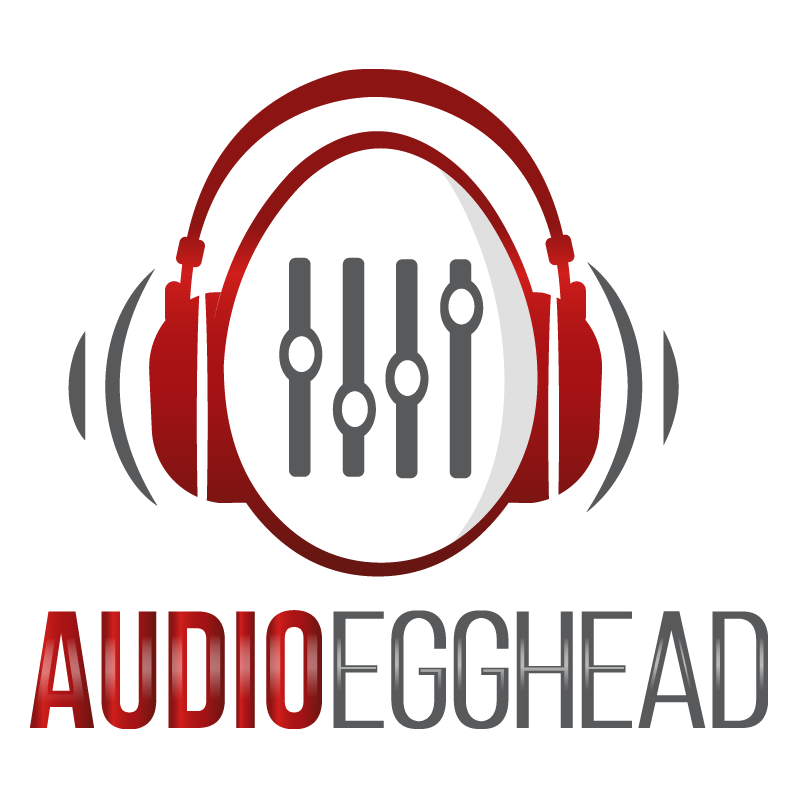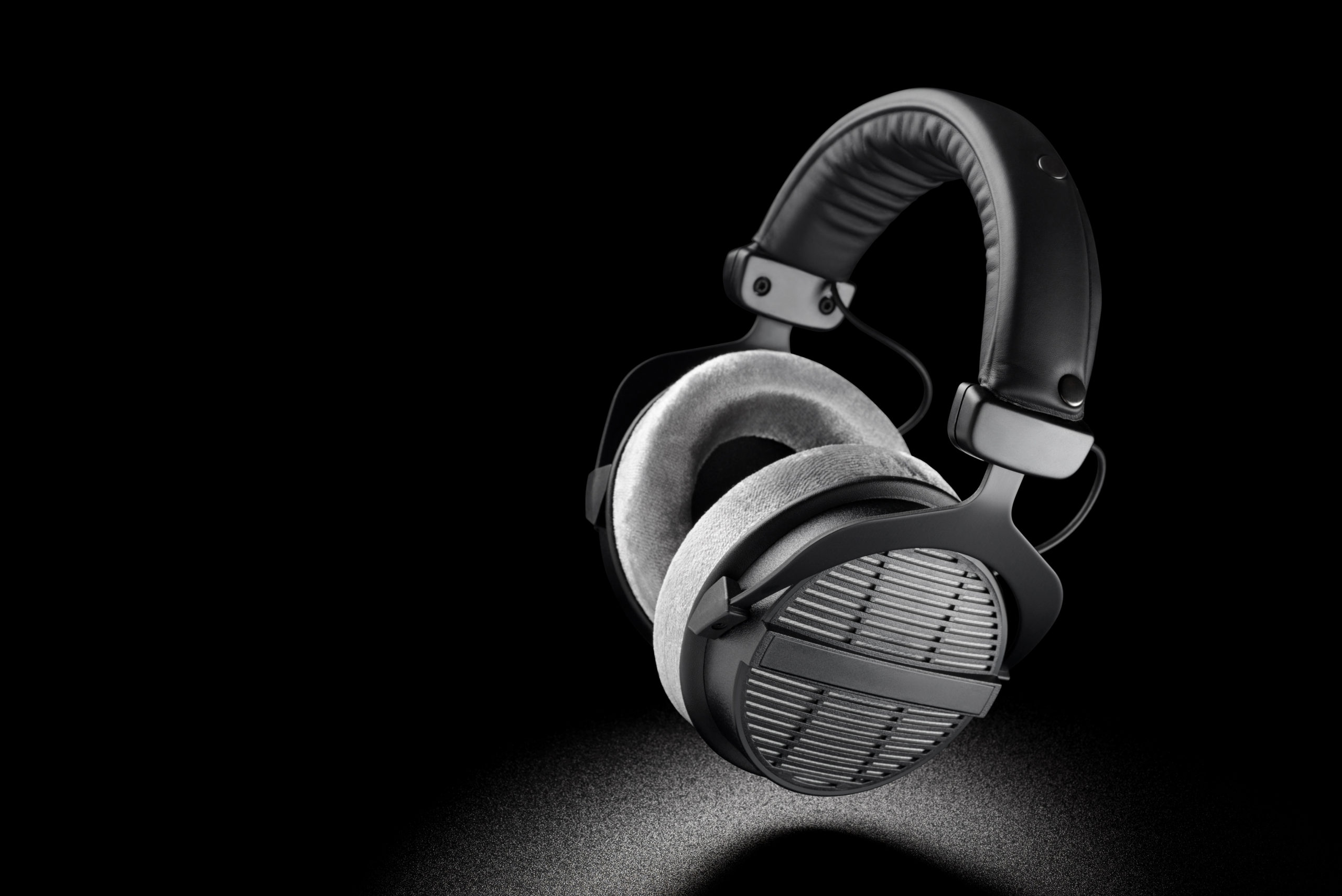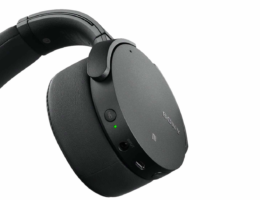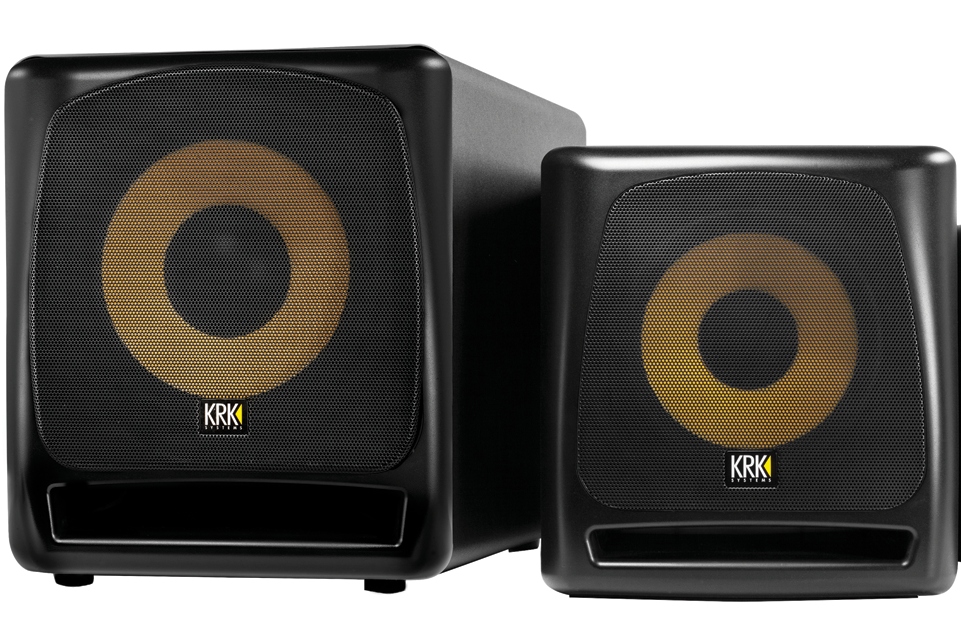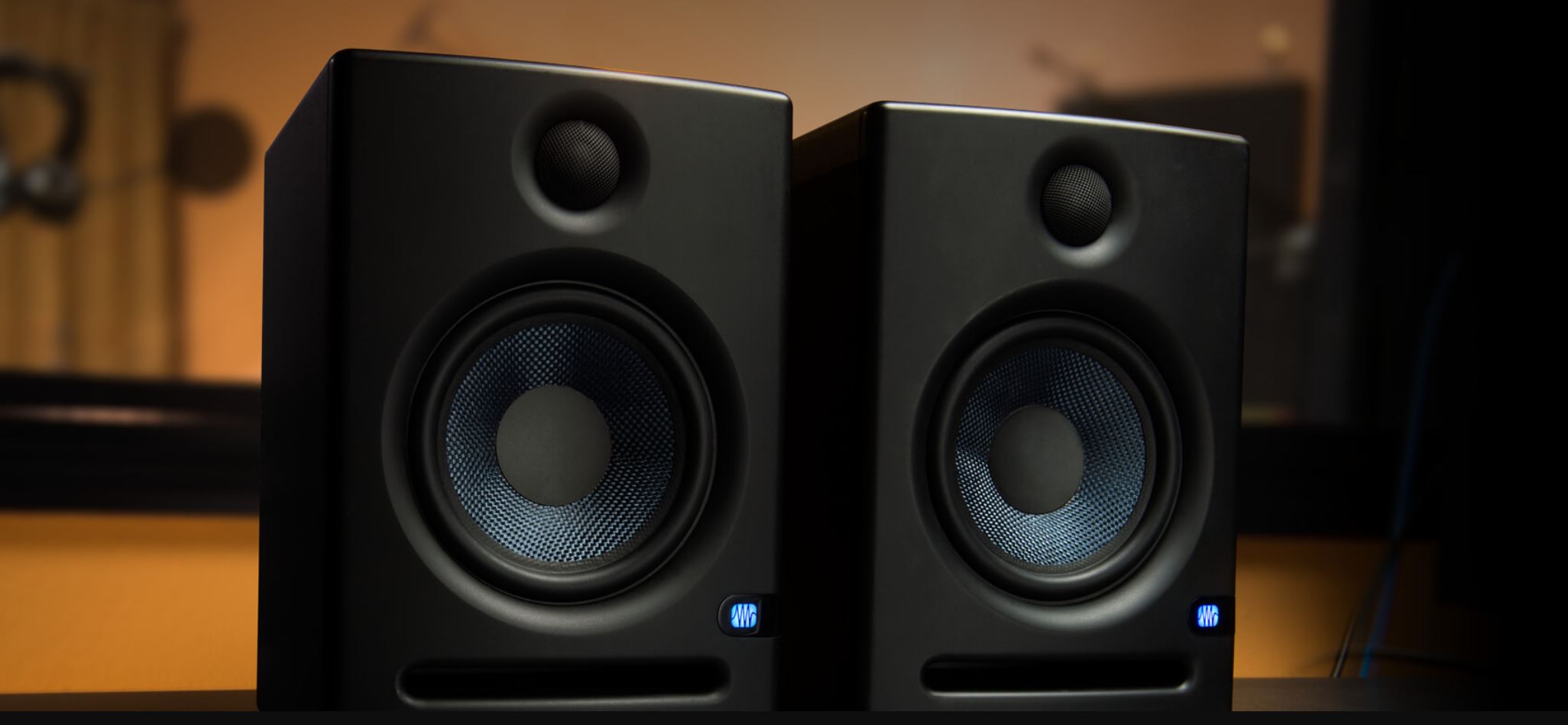It’s time to talk about open-back headphones for a bit, and what makes them special. “What are open back headphones?” you ask. “What are they good for?”
Every music fan, producer, or audiophile should own a great pair of headphones that they really love. There’s no listening experience quite like it: relaxing with a truly great set of headphones… the outside world disappears. It’s just you and the music. On top of that, if you’re serious about mixing and mastering, you’re going to need a good pair of pro-level studio headphones. But how do you choose the best headphones for that high-end sound quality?
If you’ve been investigating what type of headphones to get, you’ve probably run into a few terms that are unfamiliar. Open-back headphones and closed-back headphones. Ear headphones and reference headphones. You want to get the perfect pair, but it seems overwhelming. So I’m going to break down a few basic ideas really quickly, and then talk a bit about the advantages of the open-back design.
What Are Open-Back Headphones?

One example: The Beyerdynamic DT 990 PRO 250 Ohm
I own the DT 990 PROs and I love them. From mixing and mastering, to recreational listening, you’ll find me wearing these beauties.
So what are open-back headphones? In general, open-back headphones direct sound toward your ears AND toward the outside world. With open headphones, you can often see inside them, into the inner workings.
They have a wide sound stage, meaning that they can make it seem like sounds are coming from a wider range of locations. Because the headphones are open to the air, you won’t experience pressure buildup.
Other Types of Headphones: A Few Terms Everyone Should Know
Keep in mind that many headphones will fall under more than one category.
Over-Ear Headphones

For example: The Sennheiser HD280PRO
Over-ear headphones have earpads that completely cover the ears and leave very little room for any sound to get through. They usually have a good low end range and bass sound.
On-Ear Headphones

For example: The Sony MDRZX11
This design covers the ears, but they’re smaller than over-ear headphones. They reduce outside noise quite a bit. There are a number of options here, as this is a classic design.
In-Ear Headphones

For example: The Sony MDRXB50AP Extra Bass Earbuds
In-ear headphones shouldn’t automatically be confused with earbuds—not all earbuds are technically “in-ear.” In-ear headphones usually include some kind of padding and slide past concha of the ear. They’re usually small and deliver sound right near the eardrum.
Earbuds

For example: Apple Airpods
Despite the quality and convenience, Ive never owned my own pair of Apple’s Airpods, just because I feel like I’d be losing them in no time.
That said, I can appreciate a good pair of earbuds. Not to be confused with In-Ear headphones, earbuds often don’t include padding, and sit before the concha of the ear.
Earbuds are tiny and they’re everywhere, thanks to smartphones. We’ve probably all lost or broken nine pairs of these by now (at least). They’re great for casual listening and portability, and as the years go on they’re becoming more and more capable of giving you a great sound.
Bluetooth Headphones

For example: noot NP11 Wireless Bluetooth in-Ear Headphones
I own this pair of headphones. I only use them specifically for running since wires can be a pain when you’re on the move.
Overall, Bluetooth headphones are convenient, but wouldn’t necessarily recommend them for a studio environment.
Bluetooth headphones vary in quality just like any headphone. They use a Bluetooth connection between the audio source and the headphone set. The upside is that you don’t have to worry about a cord. The downside is that signal distortion is a common occurrence.
Noise-Canceling Headphones

For example: Bose QuietComfort 35 II Noise-Canceling Headphones
In general, noise-canceling headphones are great for when you really want to zone out. These are great for long flights when you’re looking to block out the noisiness of the flight.
If you’re out and about, it’s almost a little worrisome at how good some of these are at dampening the outside noise. Just make sure to check your surroundings every once in a while!
Closed-Back Headphones

For Example: The Beyerdynamic DT 770 PRO 250 Ohm
This pair is the cousin to the open-back pair discussed at the beginning of the article.
In general, most headphones on the market (and the ones discussed above) are closed-back.
With closed-back headphones, the backs of the earcups are completely sealed. This directs all the sound into the ears of the listener. The advantage is that you get less ambient noise.
For this reason, closed headphones are ideal for recording, as well as that “isolated” or “sealed off” type of listening. You get total noise isolation, and the people next to you don’t hear your music.
Reference Headphones

For example: The Audio-Technica ATH-M50x Professional Studio Monitor Headphones
These headphones are critically acclaimed and a great example of reference headphones.
Reference headphones is another term you’ll hear quite often. Reference headphones are professional-grade headphones, constructed to deliver a flat and unaltered sound.
The purpose is to let the listener hear the song exactly as it was designed. As such, they are especially useful for mixing and editing purposes.
Reference headphones can be closed-back OR open-back. But in many cases, they’re open-back, because, in the right circumstances, you can get more sound detail.
A few of the best open-back reference headphones also include the Beyerdynamic DT 1990 PROs, and previously-mentioned Beyerdynamic DT 990 250 Ohm, Sennheiser HD 650, AKG K702, Audio-Technica’s ATH-R70x, Audeze LCD-4, and many others.
Disadvantages of Open-Back Headphones
For Recording?
The main disadvantage of open back headphones, is that they aren’t great for recording. This is because they naturally leak sound, which your microphone can then pick up.
For Listening?
When it comes to listening, you can also hear whatever is going on around you. Open back headphones can’t really do much to tone down the excess sound, so if you’re in a noisy area, you’ll hear all of that. They definitely won’t help you if you’re trying to listen to music in a public place, a loud street, or on an airplane.
They’re great for listening recreational or professional listening. But when you need to be quiet for those around you (i.e. a library), they might not be the best option. If you’re listening loud, there’s a good chance that those around you will be able to hear what you’re listening to.
Durability?
Lastly, open-back headphones may be less sturdy than closed-back. If you have a large portion of your headphones open to the elements, they can get dirty, spilled on, or broken a little more easily. Especially because of the price point, it’s a good idea to take an extra measure to make sure that they stay clean and safe.
Advantages of Open-Back Headphones
So with all these challenges, why should you consider getting a pair? If they’re easier to damage, and harder to block out sound, why would anyone prefer them to the other options?
Accuracy
Open-back headphones are popular because of something called sound accuracy. With open-back headphones, the sound quality is consistently better than with closed-back. The closed headphones suffer a little due to the effect of sound being bounced off the closed earcup. When this happens, the sound quality is slightly affected.
With open headphones, you experience a sound that is more like what you will hear on a set of high-quality monitor speakers.
Wider Sound
If you’re mixing or editing, the wider sound field is a huge advantage. Every now and then you may want to be able to pick up subtle sounds and differences that might be less detectable without headphones. With a pair of open-back headphones, you get the purest, most accurate acoustic experience possible.
What Should You Get?
On a Budget?

There are many different types available. As I mentioned earlier, the Grado SR80e is a great example of affordable, yet quality, open-back on-ear headphones. These are a solid choice for casual listening, and at a very reasonable price range.
My Personal Favorite
 As I mentioned earlier, my personal favorite pair of open back headphones: The Beyerdynamic DT 990 PRO 250 Ohm
As I mentioned earlier, my personal favorite pair of open back headphones: The Beyerdynamic DT 990 PRO 250 Ohm
I’ve owned a pair since 2015 and I still use them daily. For both mixing and mastering, as well as recreational listening. I’ve been in love with the wide sound of open back headphones for quite some time.
Open Back vs Closed Back
Musicians have debated open vs closed back models for years. And certainly, for casual listening, closed-back or over-ear or even earbuds can be a great choice. But for mixing and mastering, recreational listening, and more, you’ll get the most natural sound from an open back set.
But—nothing wrong with having a pair of both. (I do!)
